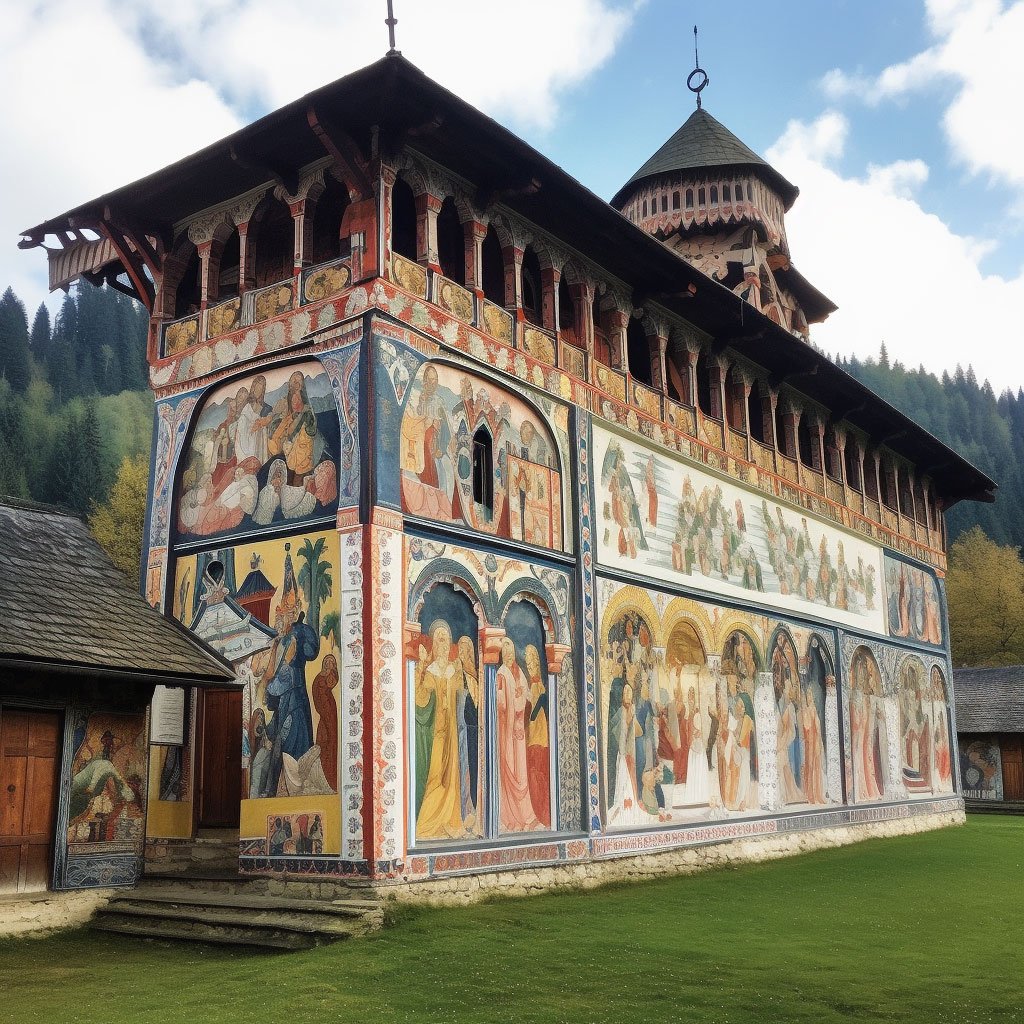
Romania is a land steeped in history and tradition, where centuries-old landmarks whisper tales of a time long past. Among these, the Painted Monasteries of Bucovina hold a unique place, not only in Romania’s cultural heritage but also in the world’s treasury of art and architecture. In this post, we’ll take you on a journey through these Byzantine masterpieces, their origin, their artistry, and the stories they tell.
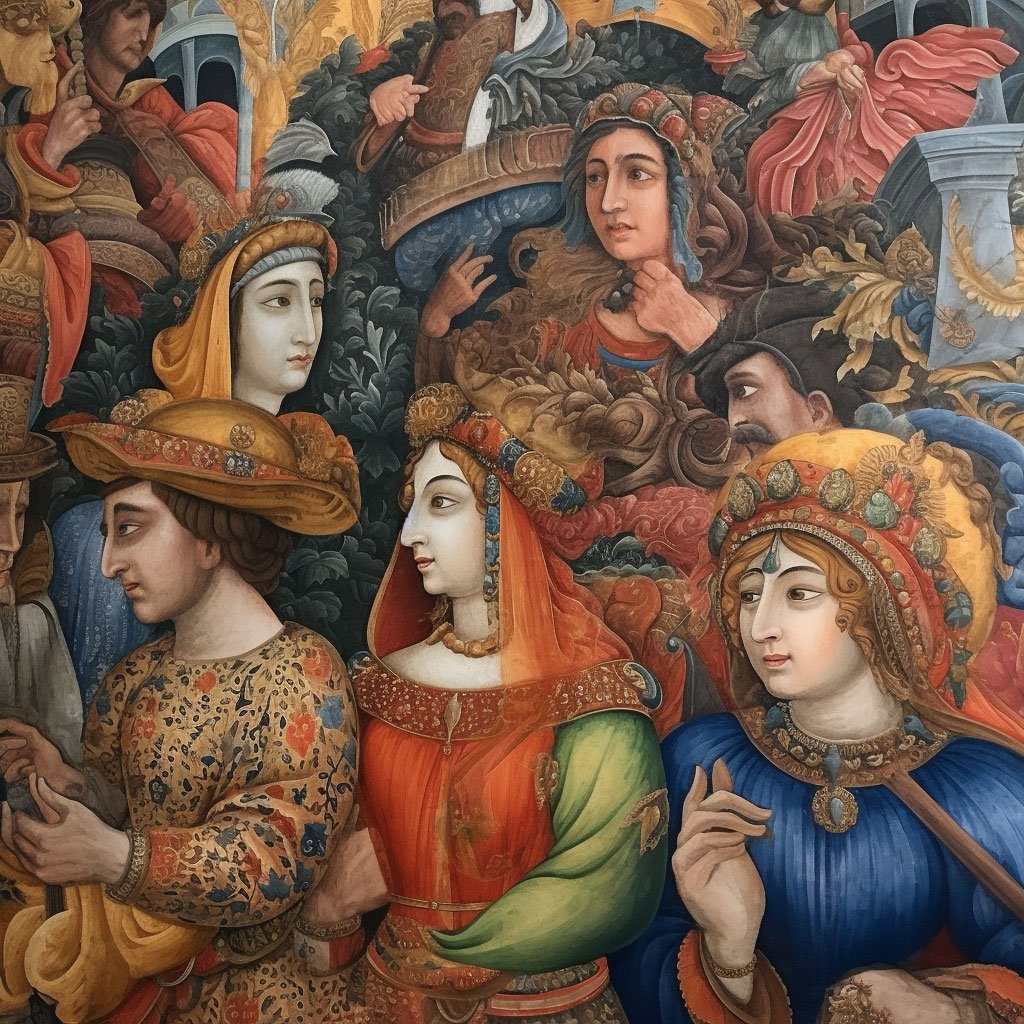
The Art of Storytelling: Murals and Frescoes
Bucovina, nestled in the northeastern corner of Romania, is home to these remarkable monastic establishments. What sets them apart is their exterior walls adorned with elaborate frescoes, depicting scenes from the Bible, the lives of saints, and visions of heaven and hell. These paintings, which have braved the elements for centuries, serve not only as a testament to the artists’ exceptional skill but also as an open book on Orthodox Christianity.
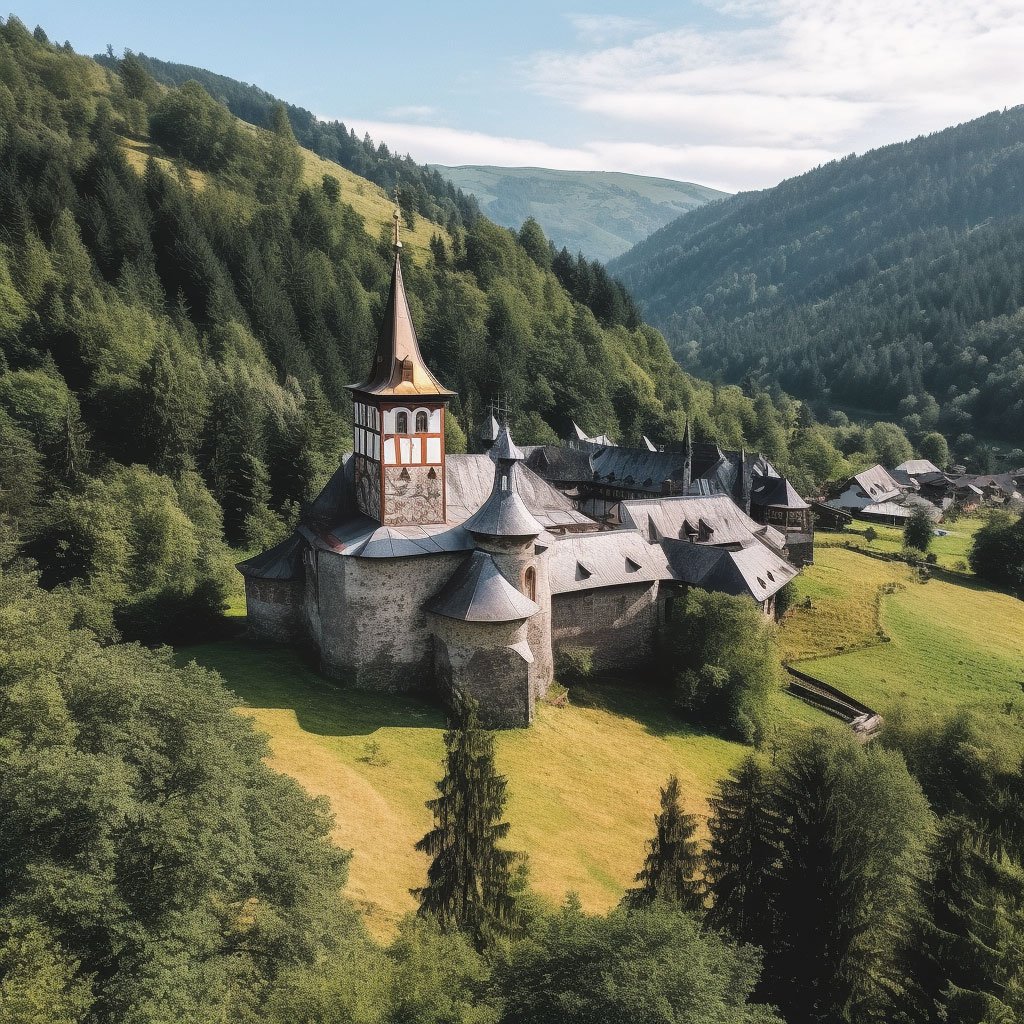
Unique Themes: From Voronet to Sucevita
Each monastery is unique in its architectural design and the themes of its murals. Voronet, often referred to as the “Sistine Chapel of the East,” is famous for its vivid blue frescoes, while Moldovita boasts a striking Siege of Constantinople. Sucevita, the largest of all, is a fortress-like complex with paintings covering every inch of its exterior walls.
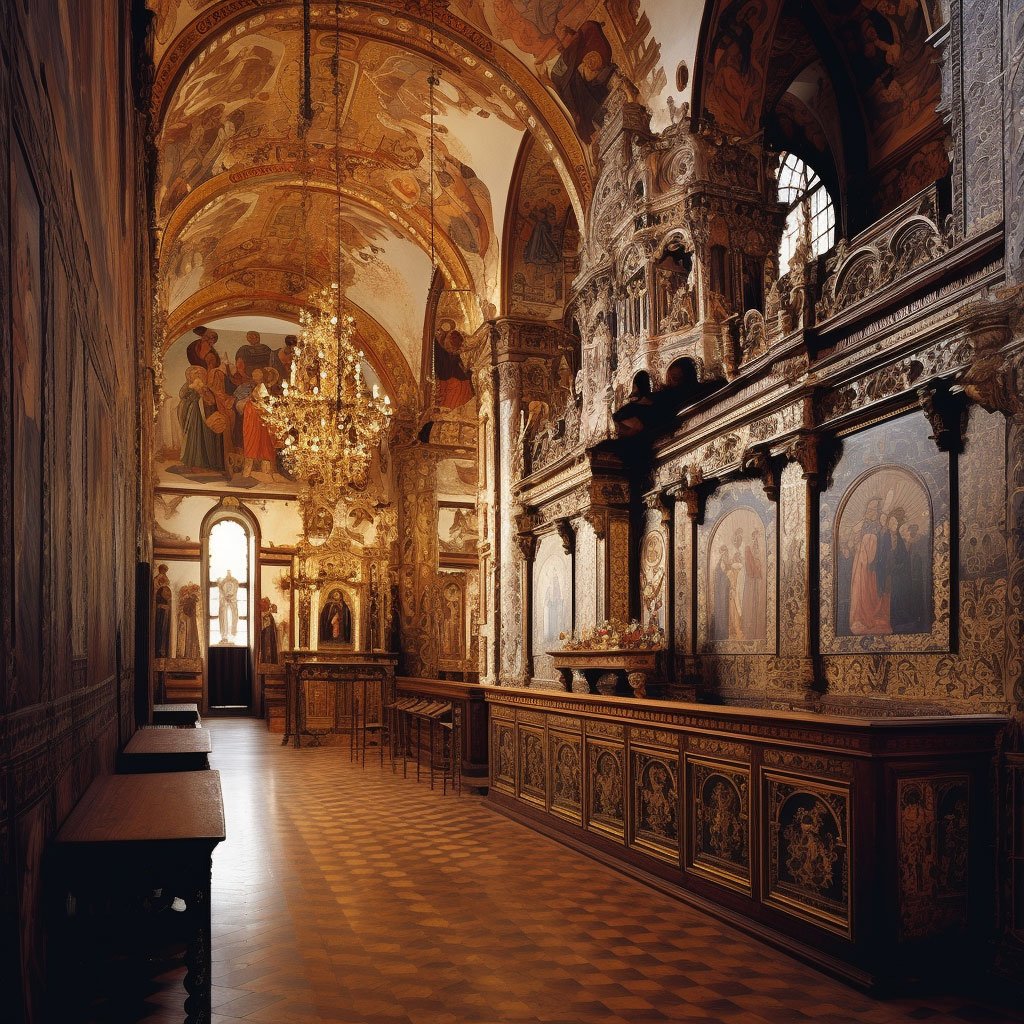
Echoes of Spirituality: An Active Faith Center
The monasteries remain active religious centers even today, preserving not only their physical art but also the spiritual tradition they represent. Stepping into their tranquil courtyards, one can almost hear the murmurs of ancient hymns, transporting visitors back in time to witness the interplay of faith and artistry.
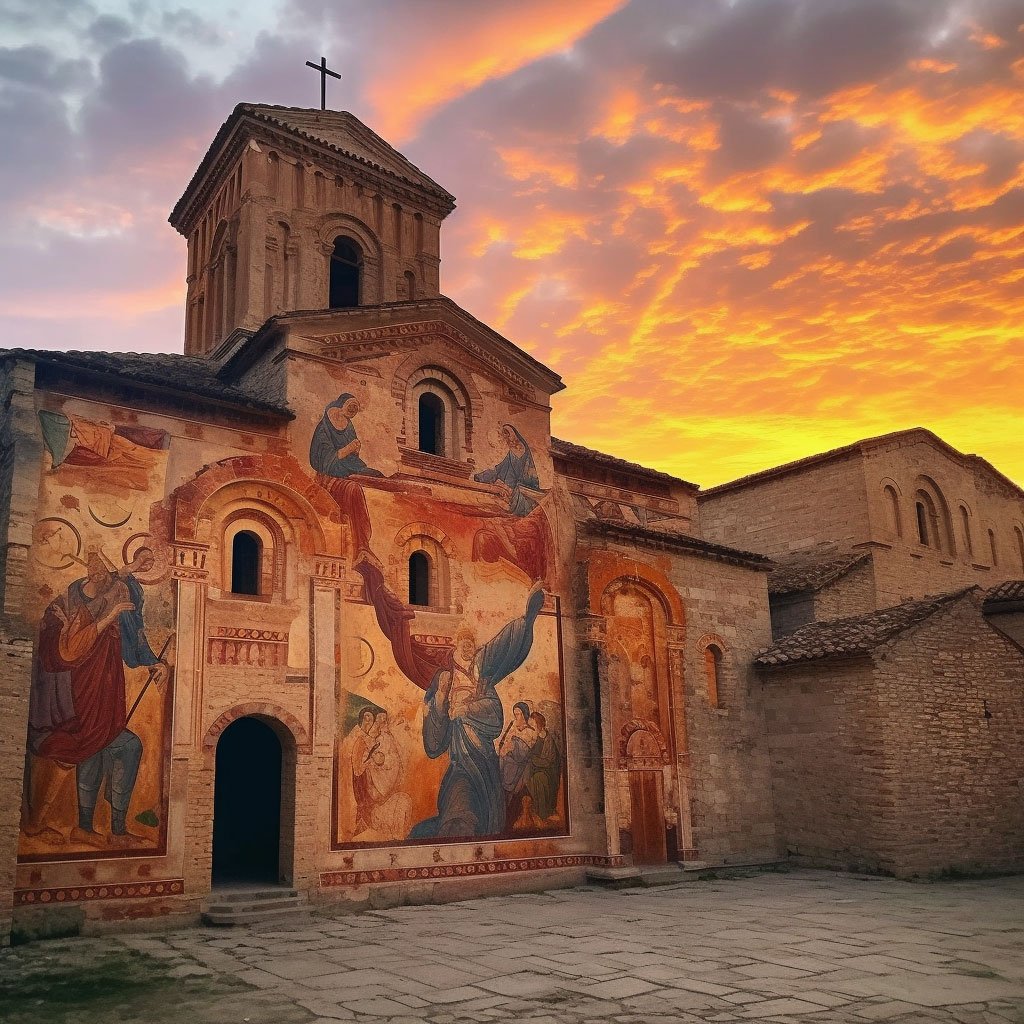
Parting Thoughts: Carrying the Experience
Whether you’re an art enthusiast, a history buff, or a spiritual seeker, the Painted Monasteries of Bucovina offer a rich, immersive experience. As we leave their hallowed grounds, we carry with us a deeper understanding of Romania’s historical tapestry and the timeless beauty of human creativity.